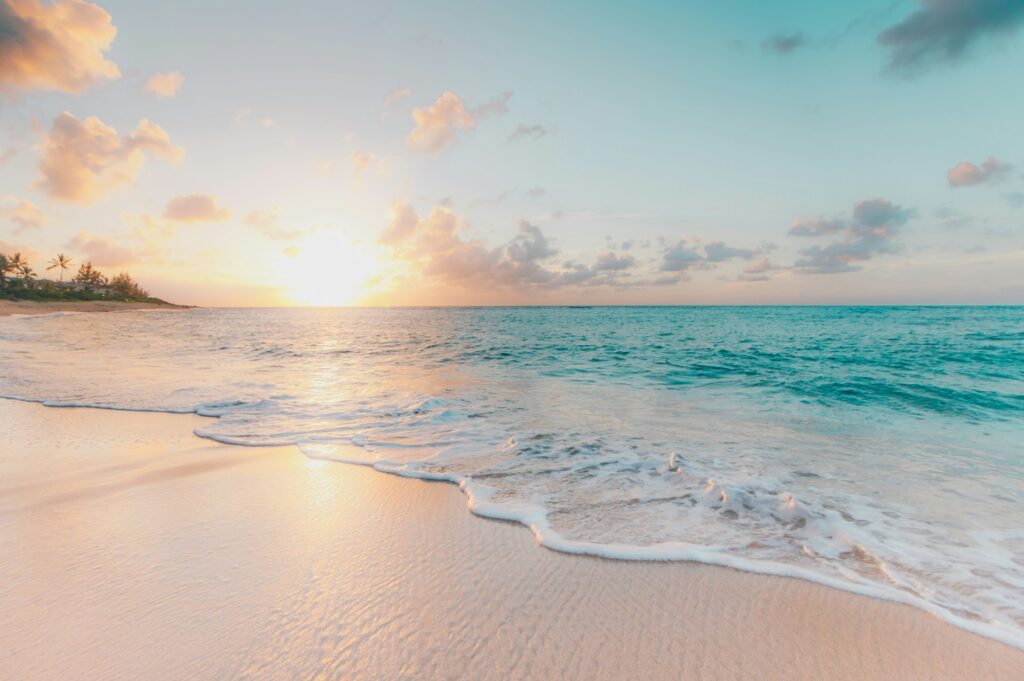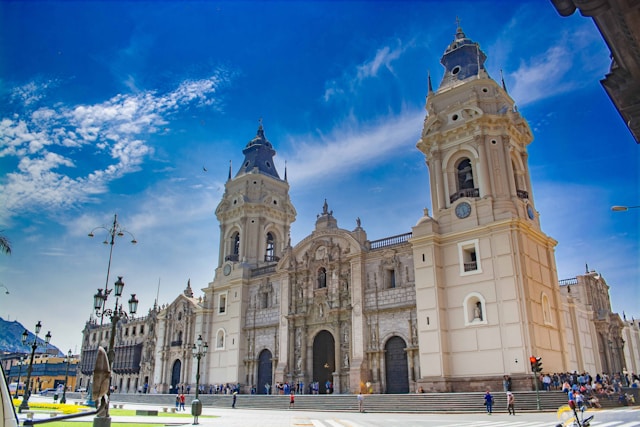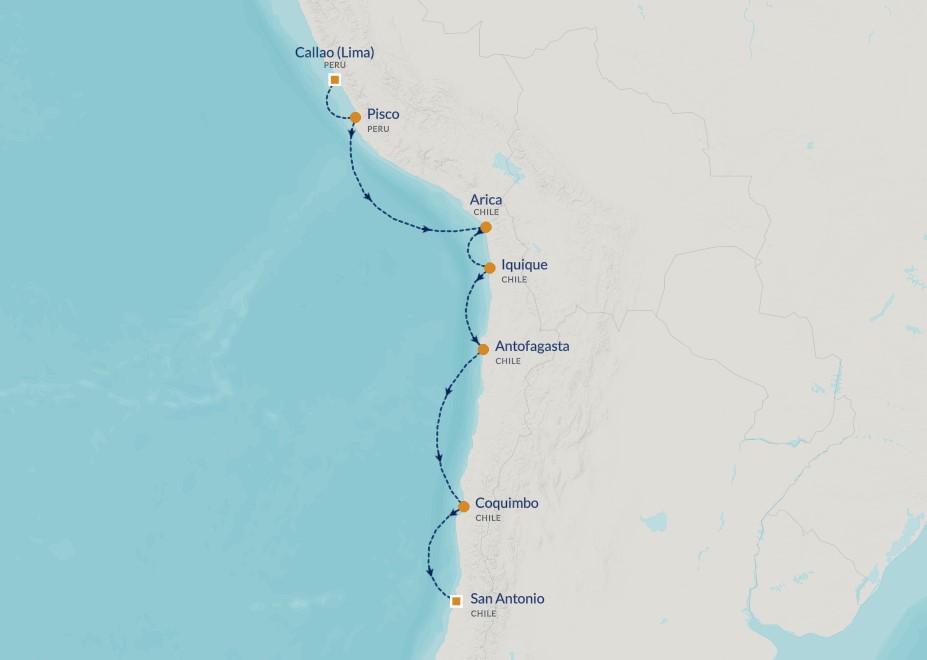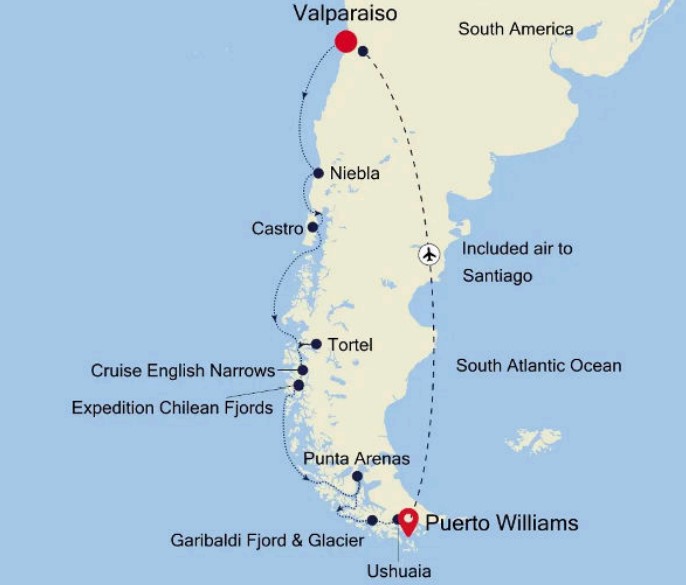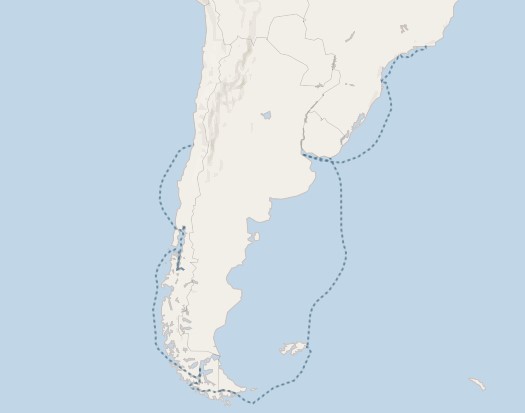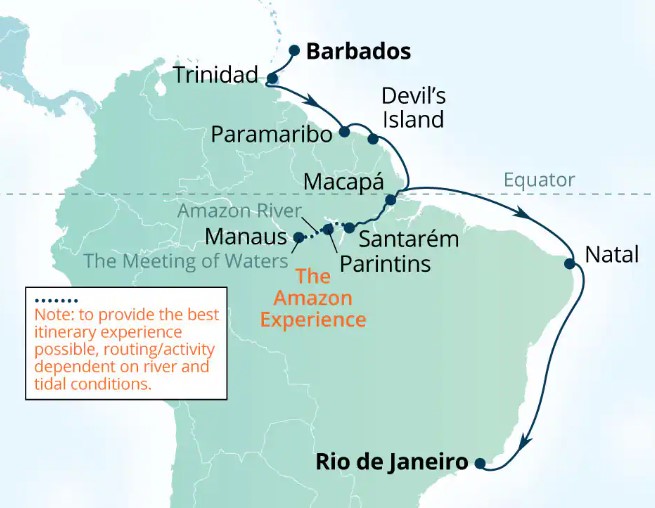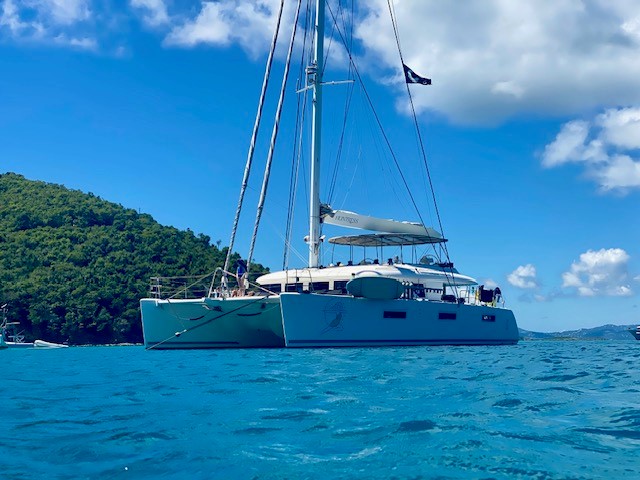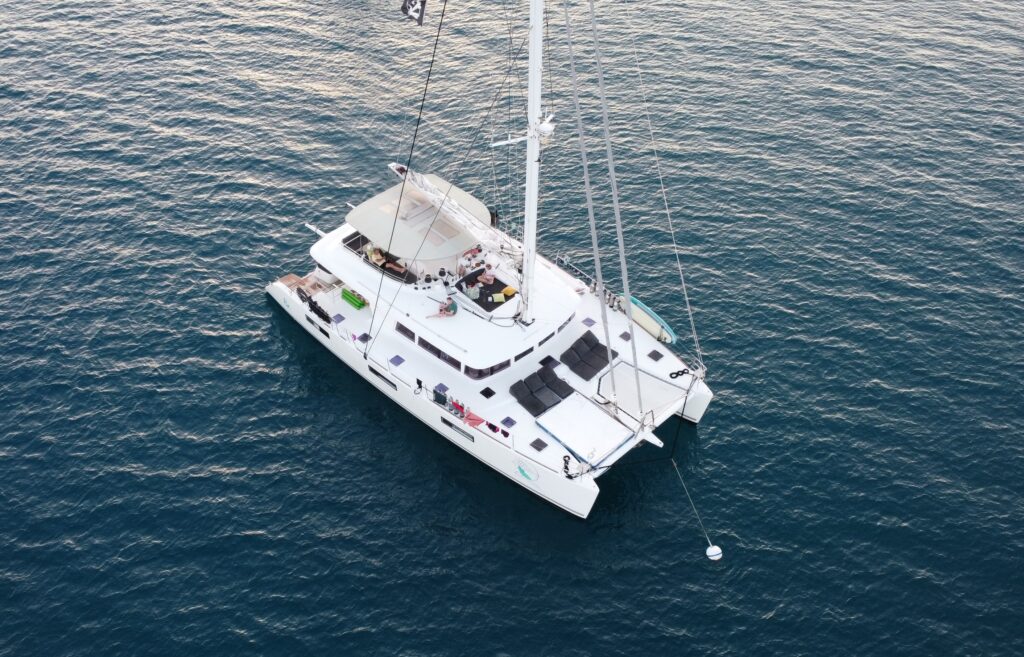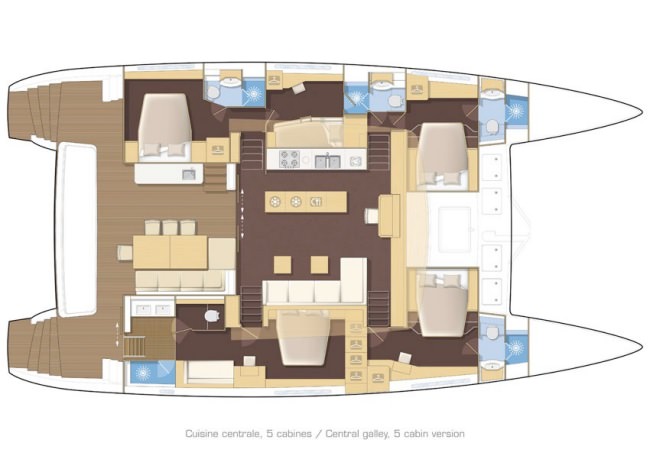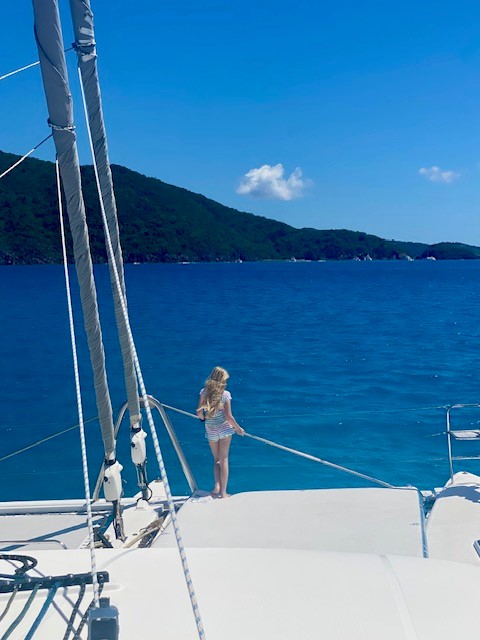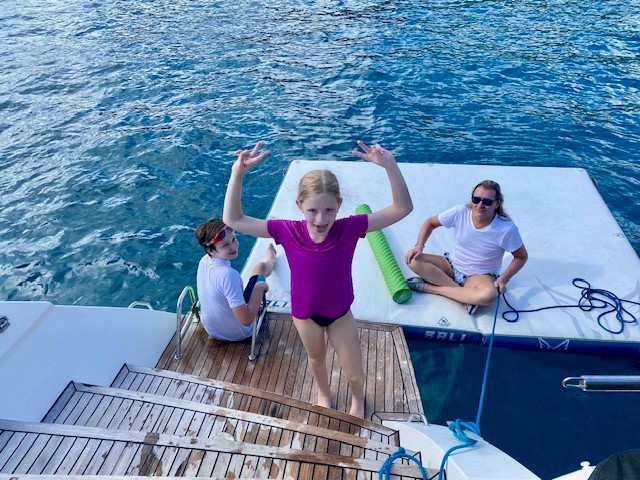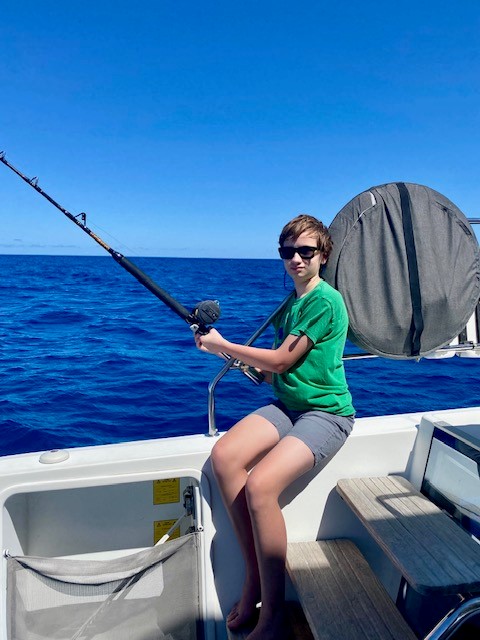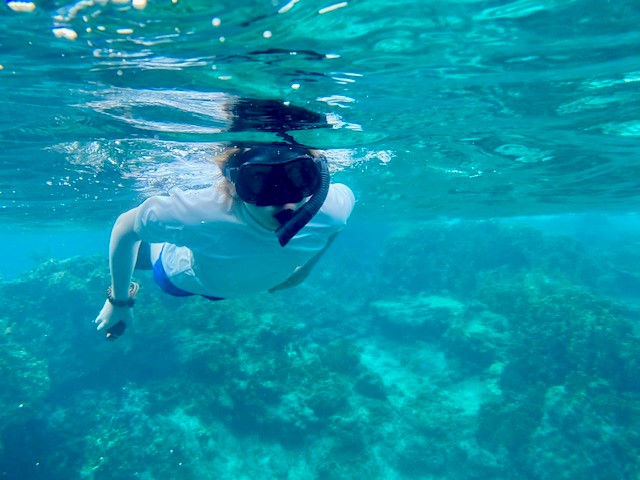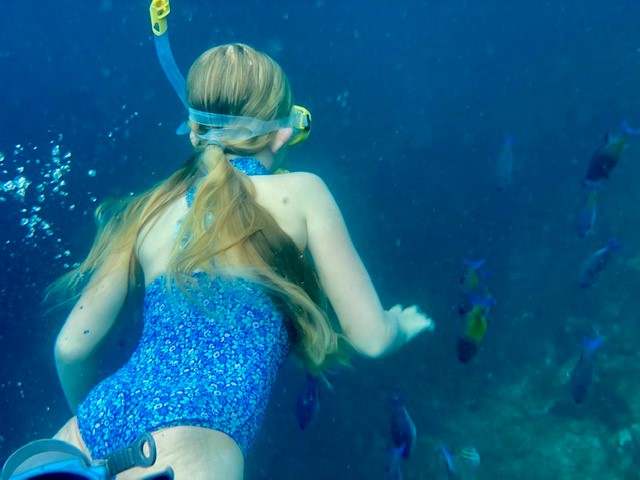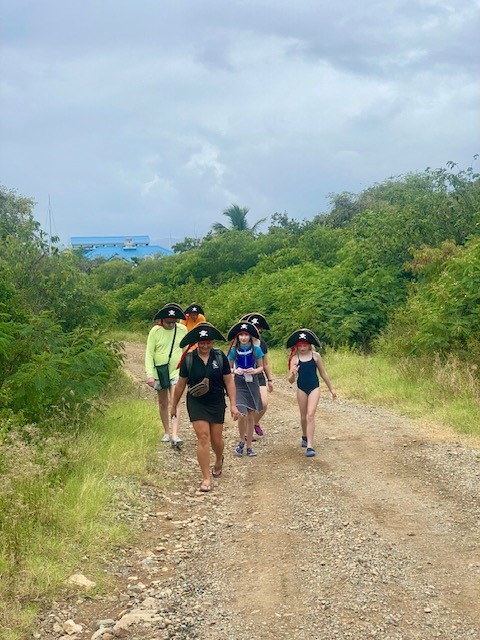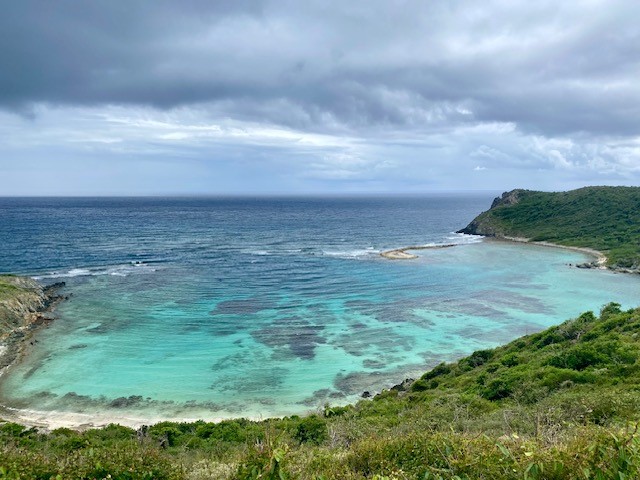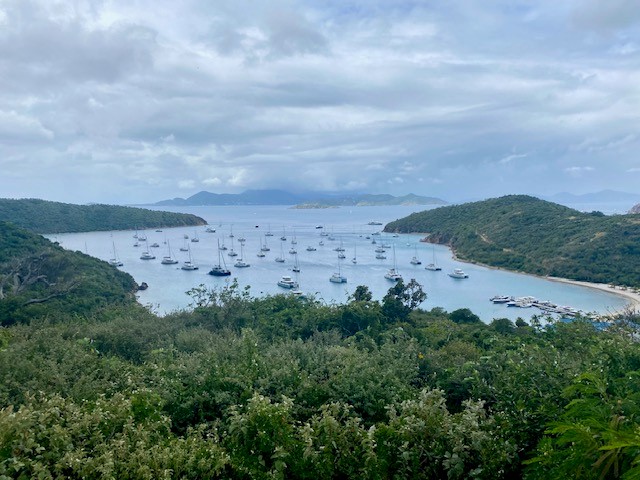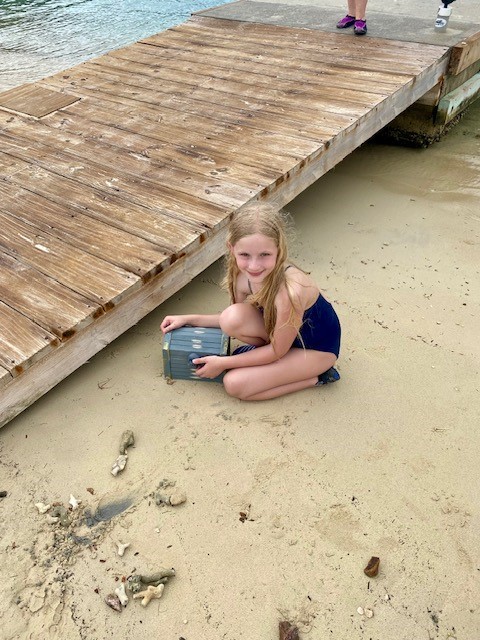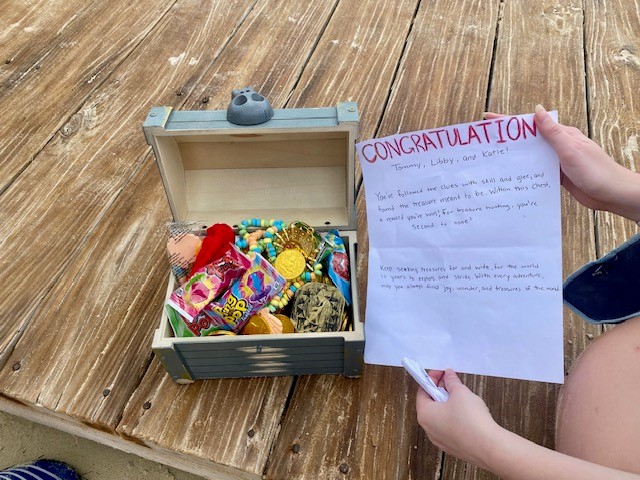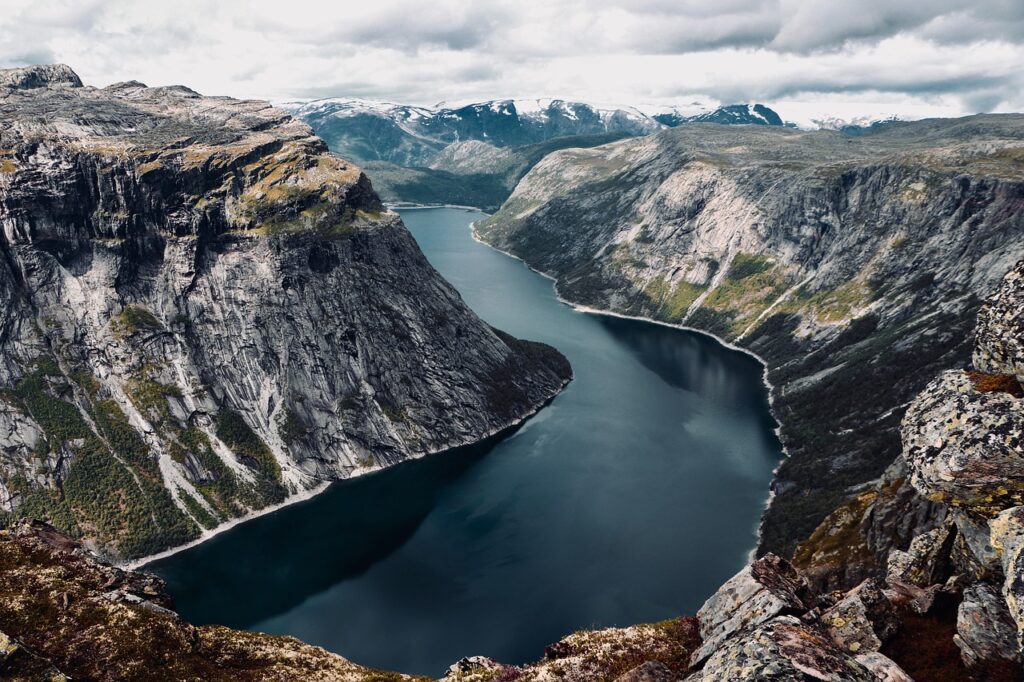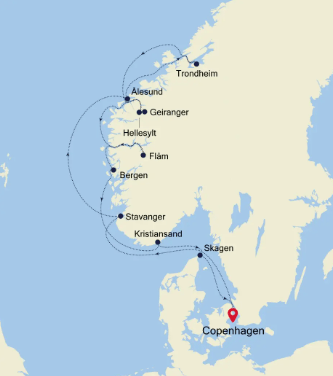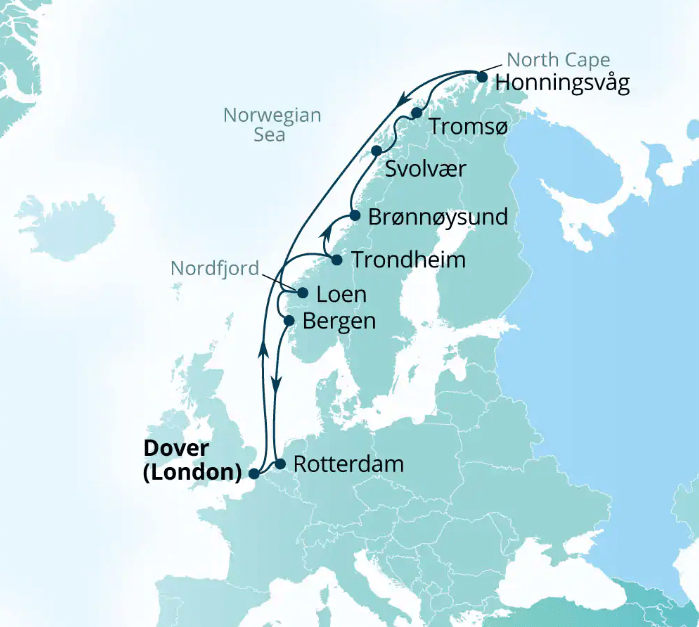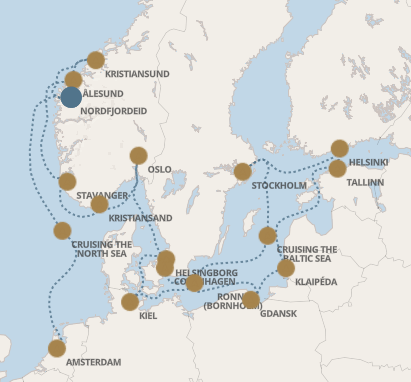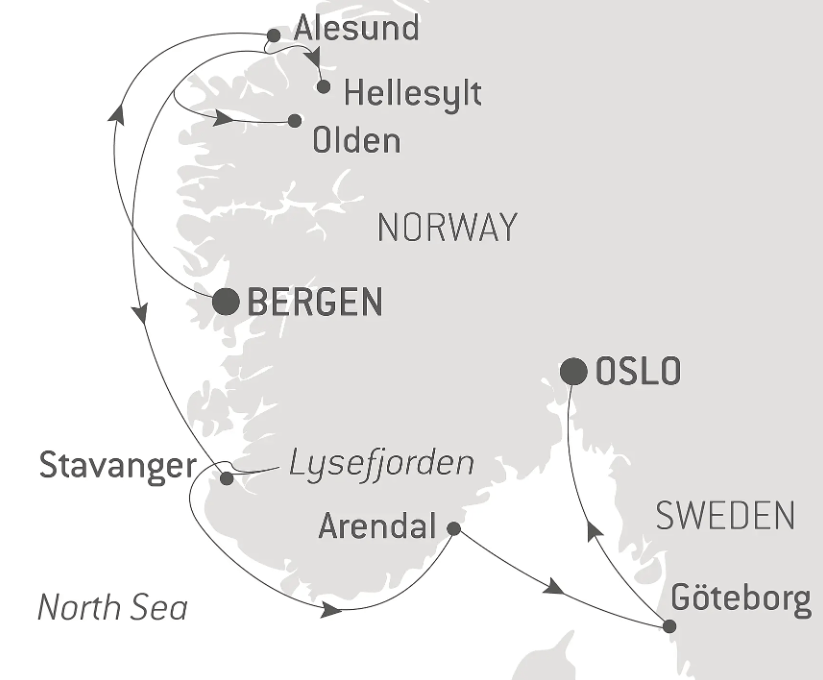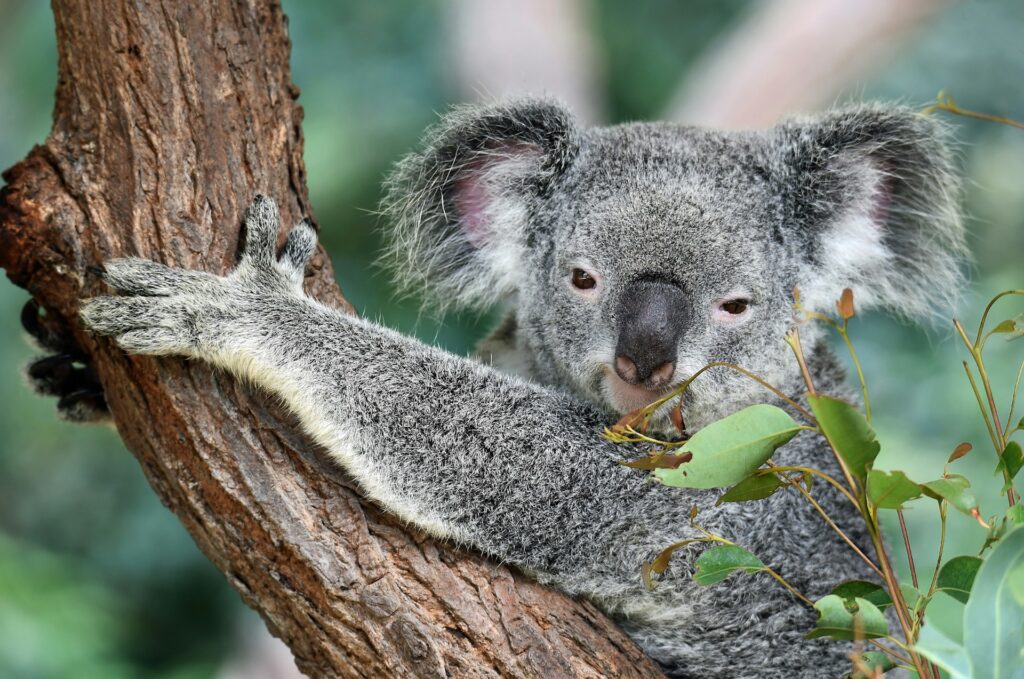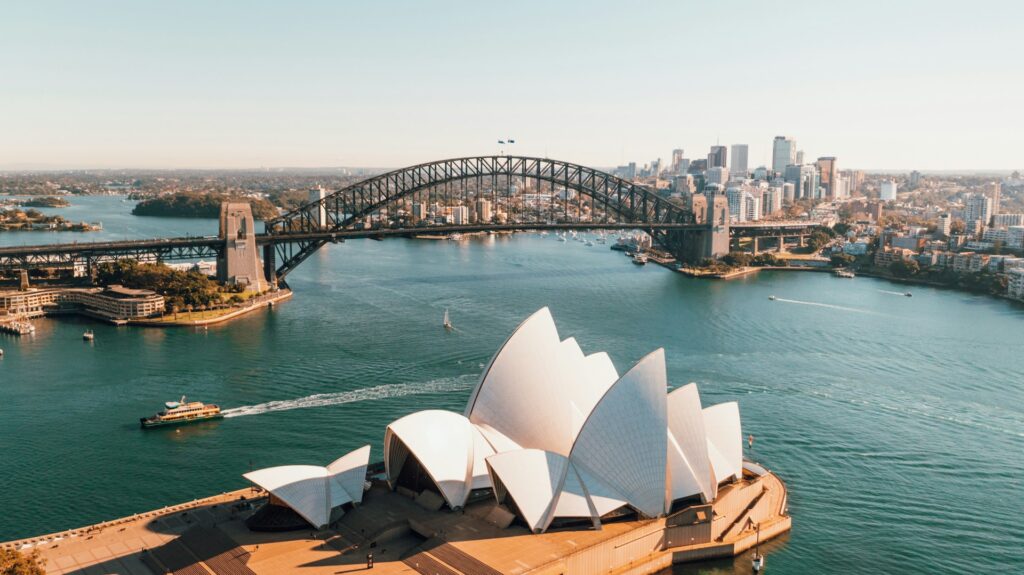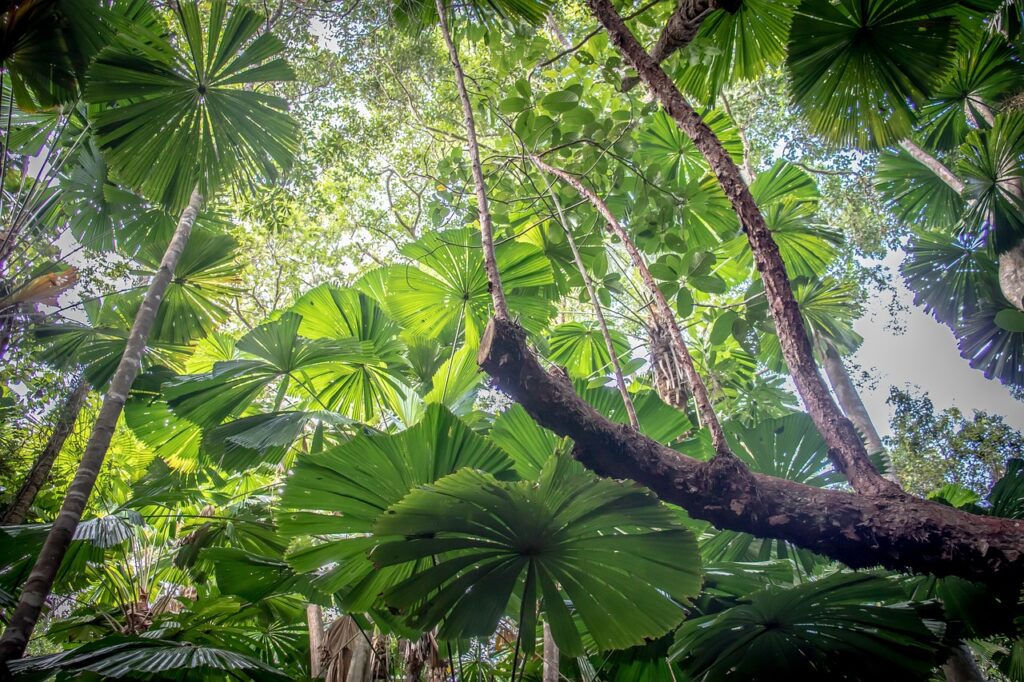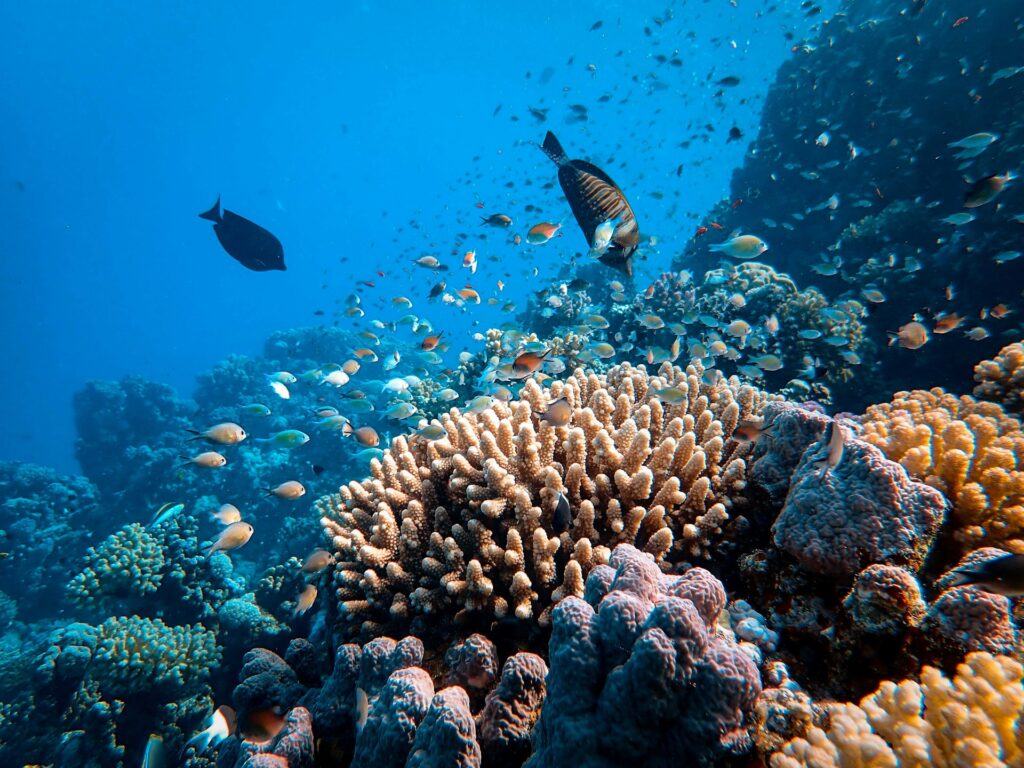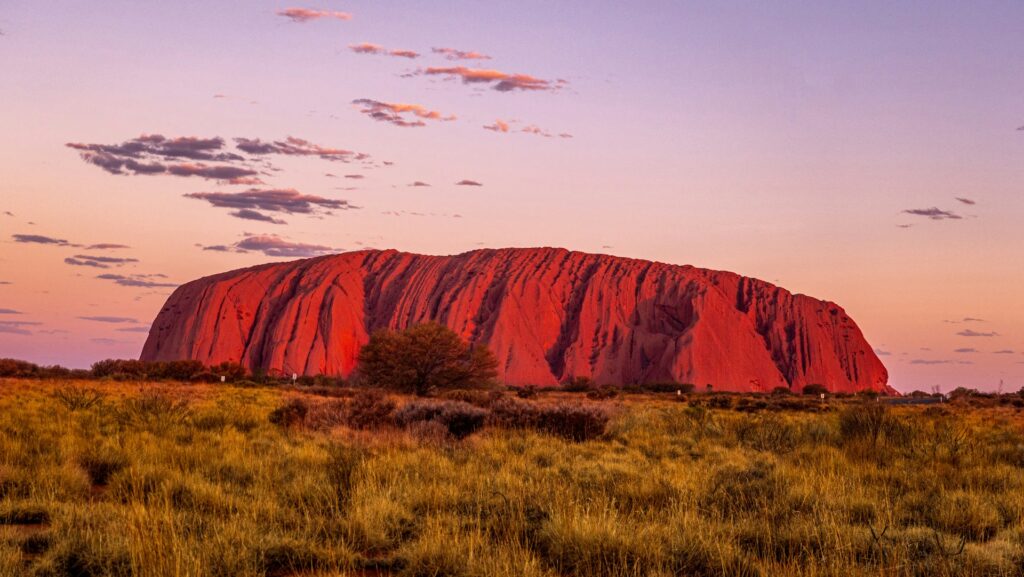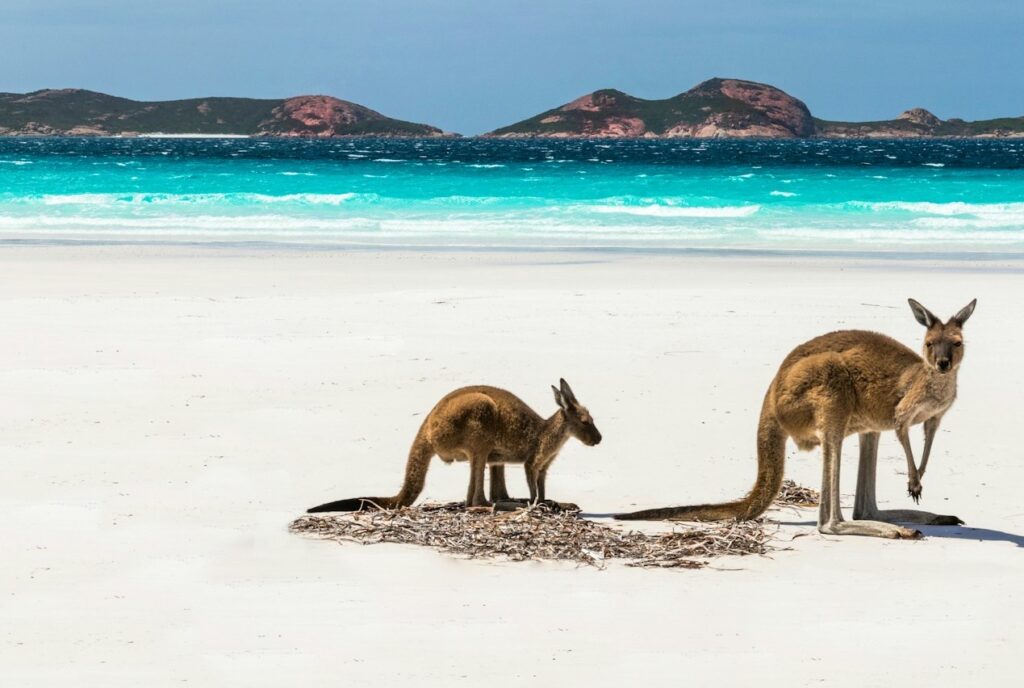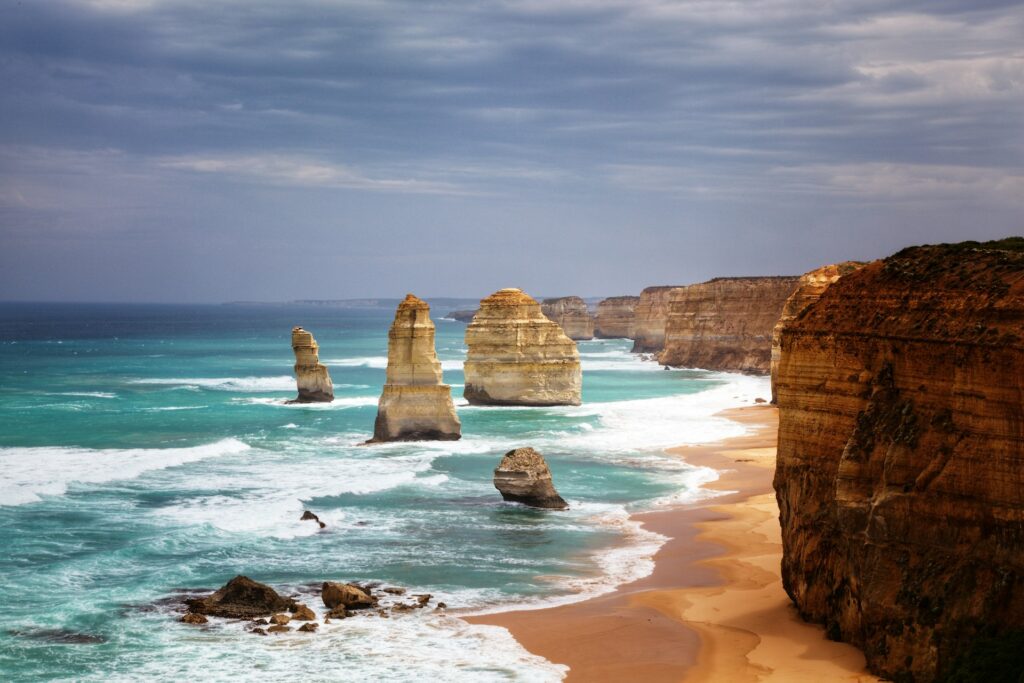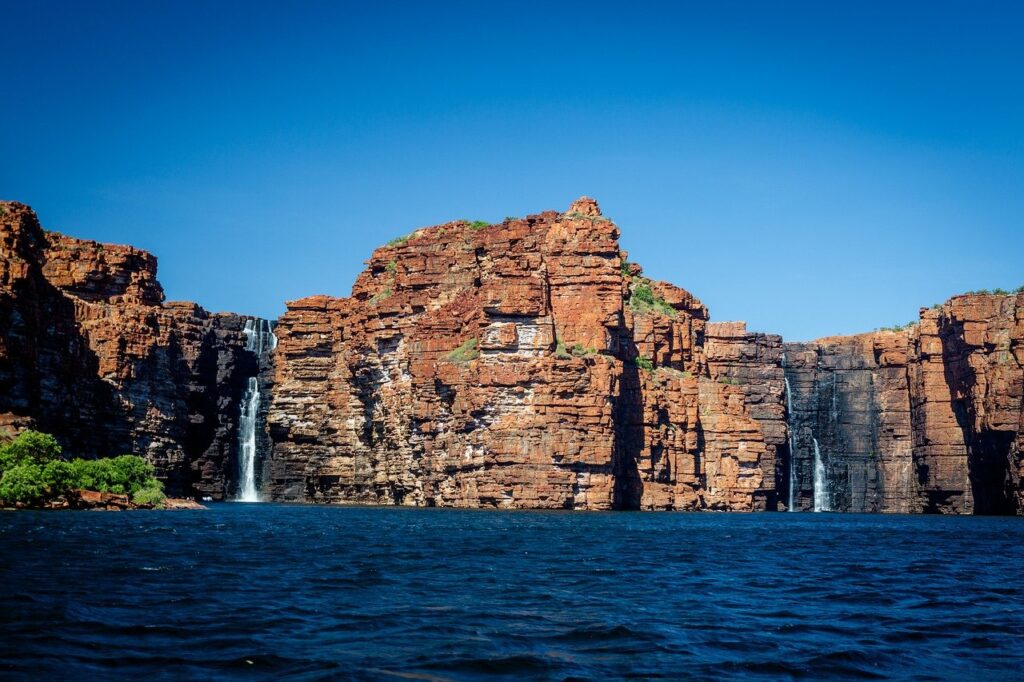By David Barclay | July 24, 2024

This summer I’ve had many couples, families, and multi-generational groups cruise the coastline of Alaska. All have returned with wonderful stories of the breathtaking natural beauty and quaint towns that dot this rugged wilderness region.
While it’s probably too late to find a cruise to Alaska this summer, if you’ve been considering a visit to Alaska there’s no better time to think about summer 2025 than now. Alaskan cruises are very popular, and the best ships and suites can fill up early. I recommend booking your cruise at least 9 months in advance, which means if you are considering sailing towards the start of the 2025 cruise season that target deadline is fast approaching.
Why you should consider an Alaska cruise
In my mind, Alaskan cruises are a bridge between classic cruising and expedition cruising. If you are unsure whether you’d like an expedition cruise, sailing to/from Alaska is a great way to test an expedition cruise experience. Many of the aspects of expedition cruising are present in Alaska, including diverse wildlife, natural wonders, wilderness excursions, and small human enclaves with their unique cultural experiences. However, many cruise lines sail Alaska with their classic cruise ships, which are larger and typically have more onboard facilities (e.g. restaurants, spa services, pools, etc.) when compared to a small expedition ship. These added creature comforts can ensure the cruise experience provides a blend of off ship expedition experiences while retaining refined onboard experiences.
Who would enjoy an Alaskan cruise
Most travelers would enjoy an Alaskan cruise. Children of all ages (and adults) will enjoy the unique animal life, ranging from large numbers of birds unique to the region, to larger animals like bears and moose. Depending on the season, cruisers may also see whales, dolphins and other aquatic life. An Alaska cruise can be a great option for couples, or for large multi-family groups. It can also be good for older travelers with minor mobility challenges, as most ports have docking facilities and if not, the ship will use its large tenders, significantly easier to board than the zodiacs which may be used on other expedition cruises.
What you see & do on an Alaskan cruise
An Alaskan cruise will combine sailing the picturesque coastline with shore visits. Most itineraries will sail into an Alaskan fjord to see one of the famous glaciers. Ships will usually spend time positioned off the glacier so guests can watch and hopefully see a calving of the glacier (when a large chunk of the glacier breaks away and crashes into the sea). Ships may also rotate slowly 360 degrees to provide a view of the glacier and surrounding mountains to all guests on board. Itineraries will also include stops at several towns along the coast (the most famous being Ketchikan, Juneau and Skagway). Travelers more interested in nature than Alaskan towns can look at options from an expedition focused cruise line like Lindblad.
When to go
When to travel depends on the experience you desire from your trip. May through early June is a great time to avoid the summer crowds and see spring return to Alaska. The weather will be cooler, but this is the drier of the two shoulder seasons. Many families will want to travel during the summer school break, June & July provide the warmest weather and longest days. This is also a good time for those wishing to visit Denali as the park doesn’t open until early June. The summer months are also the best time to see bears on shore. In August the weather begins to cool again, bringing the blueberry season and by the end of the month the fall foliage will start appearing. September & October are the fall shoulder season, the summer crowds will have disappeared and so will most of the bugs, though the chance of a rainy day will also increase. But on clear fall nights your chances of seeing the Northern Lights are dramatically improved.
Many cruise lines sail the British Columbia and Alaska coasts in the summer months. From large premium line ships to small expedition lines, there are a number of options to fit the needs of every traveler. Below are a few of my recommended lines, ships, and itineraries. However if you don’t see a cruise itinerary that looks perfect for you, reach out to me and we can discuss other options.
Silversea (Silver Nova)
7-Day Seward to Vancouver
June 26 – July 3, 2025

Silversea has been a leader in luxury expedition cruising and has sailed these waters for many years. All suites have butler service and guests have the option of selecting the all-inclusive door-to-door fares, including all transfers and economy air in the cruise fare, or making their own pre-embarkation and post-disembarkation arrangements with the port-to-port fares. Both Silversea fare options include excursions in each port, or guests can opt to pay a small extra fee for premium excursions providing unique experiences.
While Silversea has two ships sailing in the region, the Silver Nova, launched in 2023, is the first of two sister ships which are the new flagships of the fleet and boasts many new and unique aspects to her design.
Seabourn (Seabourn Quest)
14-Day Alaska Glaciers, Fjords & Inside Passage
May 30 – June 13, 2025

Seabourn is known for delivering unique and luxurious experiences to its guests. For many years it has focused the itineraries of the Seabourn Quest on expedition cruising in various regions of the world including Alaska. This means the crew and expedition team on the Quest are highly skilled at providing an outstanding experience for guests sailing Alaska and BC.
With the optional Ventures by Seabourn™, operated and escorted by the Seabourn Expedition Team, guests can participate in kayaking, zodiac and hiking excursions to explore Alaska’s wildlife and scenic highlights up close. Sample excursions include Kayak in Misty Fjords and Tracy Arm, cruise the Inian Islands and Holgate Glacier by Zodiac and hiking to photograph wildlife in their natural habitat at Wrangell.
Lindblad (National Geographic Sea Lion)
6-night Wild Alaska Escape: Haines, the Inian Islands, and Tracy Arm Fjord
June 11-16, 2025

Lindblad is an expert in expedition cruising, because that’s all it does. Its small ships take guests to the most unique locations. Lindblad has a long-standing partnership with National Geographic and all ships have a National Geographic photo instructor on board to assist guests with capturing the best photographic memories of their trips. In Alaska it has also partnered with the Alaska Whale Foundation, with conservation experts boarding to discuss the local whale population.
Lindblad benefits from over 40 years of Alaskan exploration and their ships tend to travel to areas not frequented by other cruise ships. Its expedition leaders and naturalists are among the best in the world. Lindblad is also very family focused, offering the National Geographic Global Explorers program for children with National Geographic certified field educators. It also offers reduced fares for children on many itineraries.
Regent Seven Seas (Seven Seas Explorer)
7-night Vancouver to Seward
July 23-30, 2025

Regent is a well-known and respected luxury cruise line that also sails to Alaska in the summer. For 2025 summer sailing season, the Seven Seas Explore, the first of 3 sister ships launched by Regent as its flag ships, will sail between Vancouver and Seward.
Regent offers two fare options, the All-Inclusive Cruise Fares which provide an all-inclusive experience on board including complimentary excursions. The Ultimate All-Inclusive fares add fights in the guests’ preferred air class, coach transfers between airport and ship, and a private black car service to take clients to and from their home airport.

David Barclay
Owner, Barclay & Company Travel
Thanks for visiting the Barclay & Company Travel blog! If you’re new here, check out Our Story, learn about the Value we provide, or Contact Us to start planning your next adventure.
Check back often for new posts and if you haven’t already, please subscribe to our newsletter!











